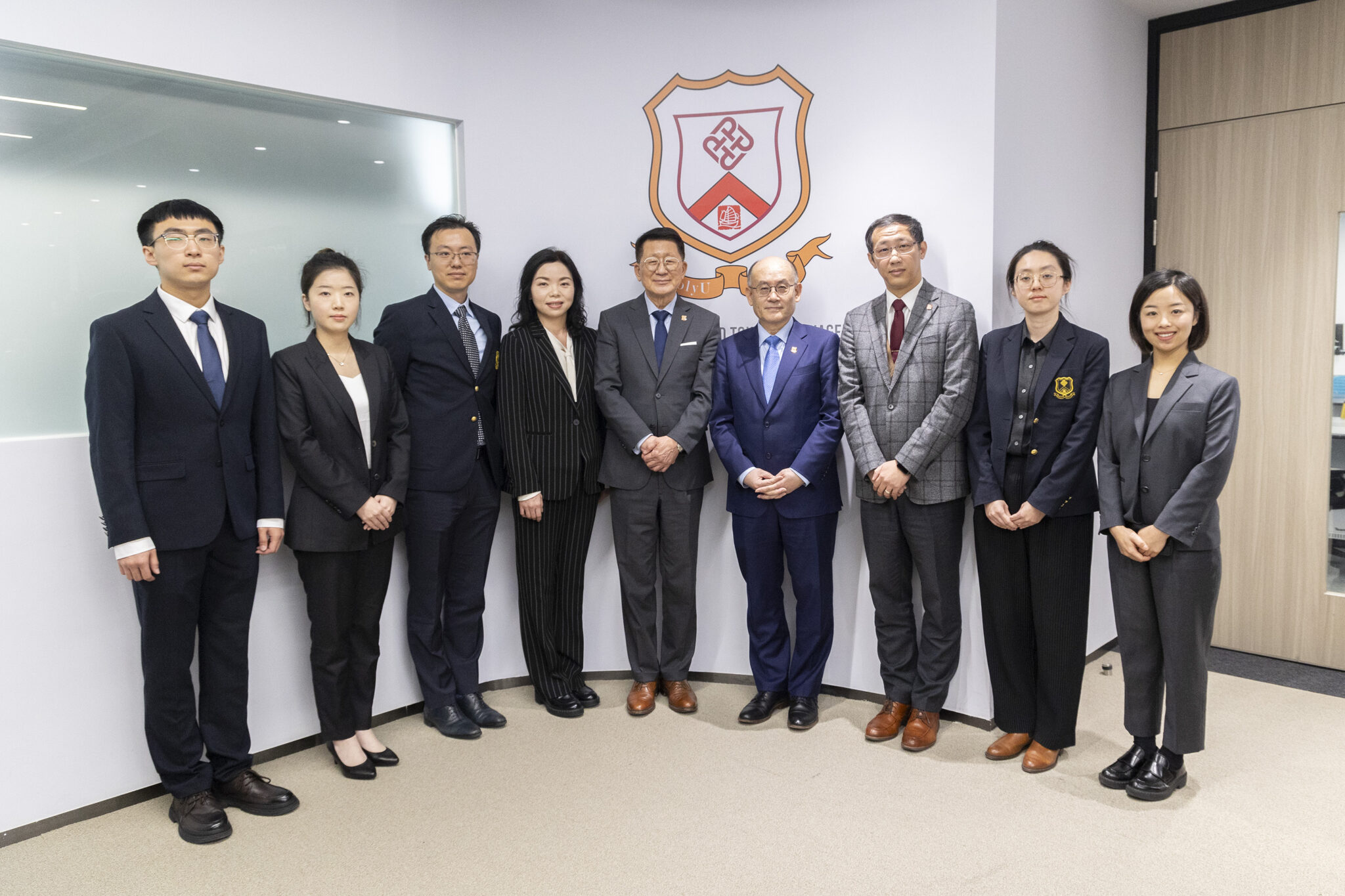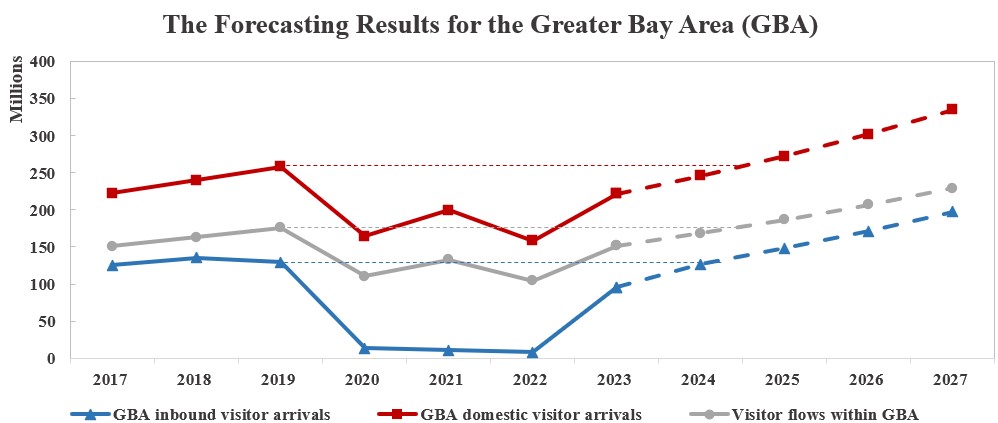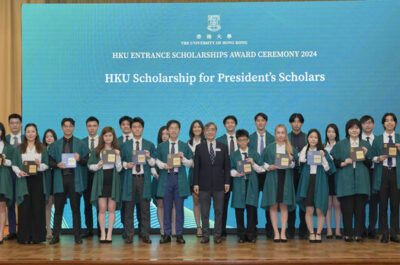
Hong Kong PolyU introduces a innovative forecasting platform, enhancing tourism predictions for the Greater Bay Area with advanced data integration and analytics.
Total international visitor arrivals to the Greater Bay Area (GBA) are forecasted to recover to the pre-pandemic level at close to 130 million by the end of 2024, and the total number of inbound visitor arrivals to Hong Kong to recover to the 2018 level of 65 million by 2025. These are some of the findings released by the School of Hotel and Tourism Management (SHTM) of The Hong Kong Polytechnic University (PolyU) at the launch of a new forecasting platform under the project entitled “The Development of an Automated and Self-Adaptive Tourism Demand Forecasting Platform for the Greater Bay Area (GBA-TDFP).”
Led by Prof. Haiyan Song , Principal Investigator and SHTM Associate Dean, Chair Professor and Mr and Mrs Chan Chak Fu Professor in International Tourism, the project adopts an interdisciplinary approach to integrate well-established theories in economics, tourism management and computer science to develop the GBA-TDFP. It features key functions that include big data visualisation, market sensitivity analysis, short-, medium- and long-term forecasting, sentiment analysis, and interactive scenario forecasting, and will serve as a valuable tool for industry professionals, policy makers and academics to adapt and generate forecasts of visitor arrivals to the GBA in different economic scenarios.
Tourism is considered a key industry in the GBA, with its sights set on becoming a world-leading destination by 2035. While the economy has now largely recovered from the shocks caused by travel restrictions and public health measures taken during the pandemic, there are still challenges to overcome, including labour shortage, supply constraints, changing economic conditions, and shifts in consumer behaviour. “It all points to the fact that in order to sustain ongoing recovery,” Prof. Song remarked, “accurate forecasts of tourism demand recovery are crucial for policy makers and practitioners to be able to develop sustainable tourism strategies that foster long-term economic growth in the region.”
To facilitate accurate forecasting, the project has collected macroeconomic data such as GDPs, CPIs and exchange rates of the GBA cities and their key source markets from statistical departments and international organisations such as the International Monetary Fund. For short-term tourism demand forecasting, the project has leveraged big data collected from popular online and social media platforms such as Google, Ctrip and Baidu.

Forecasting results for the GBA generated by the platform.
Analysis reveals that:
- According to the short-term forecasting results, it is expected that there will be a significant rebound in inbound visitor arrivals to Hong Kong and Macao by the end of 2024. Mainland Chinese cities within the GBA are projected to experience a substantial recovery in domestic visitor arrivals and visitor flows within the GBA, by the end of 2024. These projections suggest that the volume of visitors will reach levels comparable to those observed before the pandemic.
- The five-year-ahead long-term tourism demand forecasting results indicate that the total number of domestic and inbound visitor arrivals into the GBA, as well as visitor flows within the GBA, will return to the pre-pandemic levels by the end of 2024. By 2027, the GBA as a whole is expected to witness over 335 million domestic visitor arrivals, along with 195 million inbound visitor arrivals. Visitor flows within the GBA are projected to reach 200 million.
- In the GBA, visitor reviews overwhelmingly lean towards the positive side for all destinations. These encouraging reviews not only validate the robust recovery of the tourism industry in all GBA destinations but also signify the immense potential for further growth in the GBA tourism market. Meanwhile, moderate and negative reviews still point out critical areas for the destinations to further improve, including service quality and border control.
- Across all destinations, the monthly average satisfaction levels of visitors, as reflected by sentiment scores extracted from their reviews, are consistently positive. However, there are fluctuations in daily satisfaction levels, indicating that experiences may vary from day to day. There are also noticeable discrepancies in satisfaction levels across different tourism activities.
The GBA-TDFP serves to simplify the process for policy makers and industry leaders to conduct “what-if” scenario analyses on tourism demand forecasts. Users can input hypothetical values for determinant variables (such as GDP and price levels) through web browsers, which are then incorporated into the estimated econometric models to generate scenario forecasts. This functionality is deemed particularly valuable for policy evaluation and decision-making purposes.
With advances in technology, destinations and visitors are increasingly dependent on information and communications technologies. By integrating cloud computing, big data and artificial intelligence techniques with advanced forecasting methods, the GBA-TDFP offers innovative insights and valuable guidance for both industry professionals and academics, effectively transforming vast amounts of data into actionable information, enabling stakeholders to make informed decisions and maximise the value derived from it.
Prof. Kaye Chon, SHTM Dean, Chair Professor and Walter and Wendy Kwok Family Foundation Professor in International Hospitality Management said, “This is another contribution that our School has made to the tourism industry. We are committed to bringing the results of cutting-edge research to business practice, thereby addressing the global challenges that the tourism industry faces.”
George, in his capacity as an intern, diligently oversees the flow of news, assists in the publication of content, and delves into the strategies of social media distribution. He is currently pursuing his studies in Business Administration at the Athens University of Economics and Business.




![[PR] PR_Ascott and Vimut Hospital_2024](https://www.traveldailynews.asia/wp-content/uploads/2024/04/PR-PR_Ascott-and-Vimut-Hospital_2024-400x265.jpg)
































































